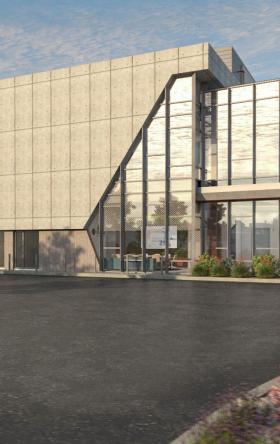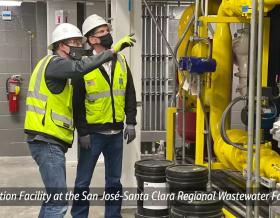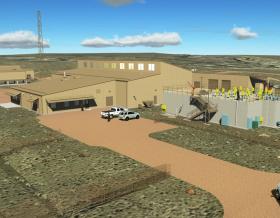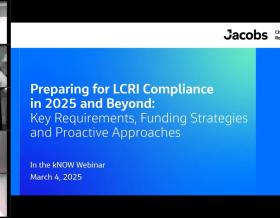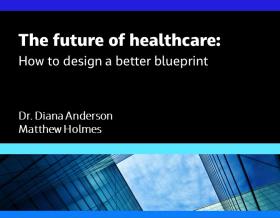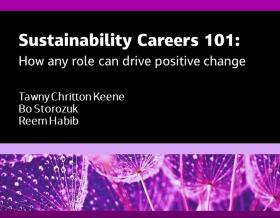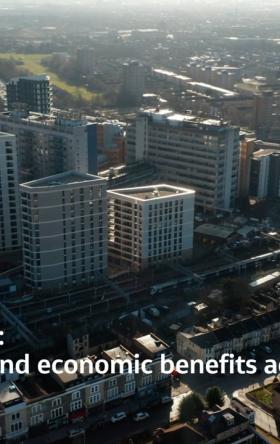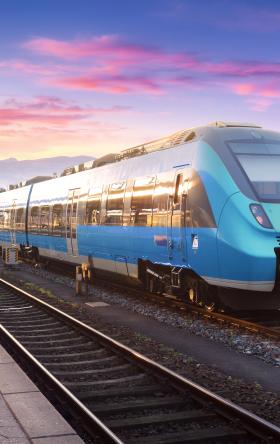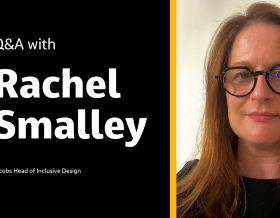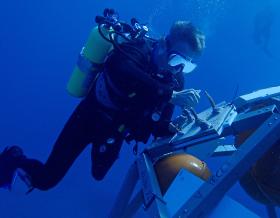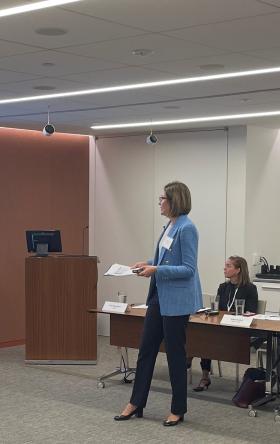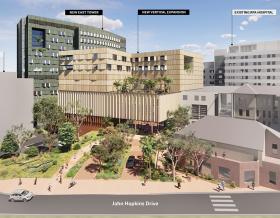
"Challenge accepted" is a call to action. It's a commitment to growth, innovation and excellence. It's about pushing boundaries, embracing new ideas and not shying away from obstacles.
Our people accept the challenge every single day – and we're showcasing a few of their stories. Today, we connected with Ray Coleman, senior associate director – global principal safety in design based in Dublin, Ireland, to discuss how he's advancing safety focused design processes to create a lasting positive impact on our built environment solutions.
The challenge:
Design decisions are complex. They involve balancing client priorities and legal duties with what’s right for people and the environment. However, there's no globally consistent legislative approach, guidance or process in how health, safety and the environment (HSE) is considered by designers. This leads to inconsistencies, confusion and missed opportunities in how built environment projects are designed, which can have long term impacts.
Tell us more about this challenge:
Published academic research demonstrates how design decisions affect the health and safety of people and the environment. It also highlights how safety in design legislation affects the cultural behavior of designers. Additionally, research has shown that factors such as age, nationality, experience, professional background and an organization’s safety culture can influence design decisions – positively or negatively. We’re focusing on increasing global designer competence in this area to improve the safety, quality, efficiency, security and sustainability of project delivery, through positive designer behavior.
How do you approach this and can you share an example of how you’re approaching this?
Our solution to this global problem is de5ign (pronounced “five in design”) – our global process for managing HSE risks during design. This was adopted on a large, complex life sciences manufacturing facility in the U.S. for a confidential client, where one of the team's goals was to reduce risks for workers “working at height.” This is one of the Occupational Safety and Health Administration’s “Fatal Four” i.e. leading cause of fatalities in U.S. construction.
Through collaboration between our design safety and construction management teams, early cost-influence thinking prevented more than 700,000 hours of working at height, with one million hours of work taken off-site (i.e. identifying opportunities for modular construction, off-site/ground assembly, etc.). The project team achieved zero lost-time injuries, zero recordable injuries and zero falls from height.
Assuming 2020 Bureau of Labor Statistics rate of non-fatal injuries in the U.S. construction industry, using the de5ign approach, we estimate that we’ve prevented 12 non-fatal injuries from falls, seven non-fatal injuries from falling objects and saved $9 million for our client based on regional labor rates.
This project earned Jacobs the 2024 NIOSH Prevention through Design Organizational Award.
How do you define success?
Success means driving an upward curve of positive designer behavior. Through de5ign, we aim to continually increase designer competence in HSE in design where we leave a lasting, positive legacy of our involvement on our clients’ projects.


